Hydropower That Respects Salmon
Finding a path in Alaska to reliable clean energy and resilient salmon streams.
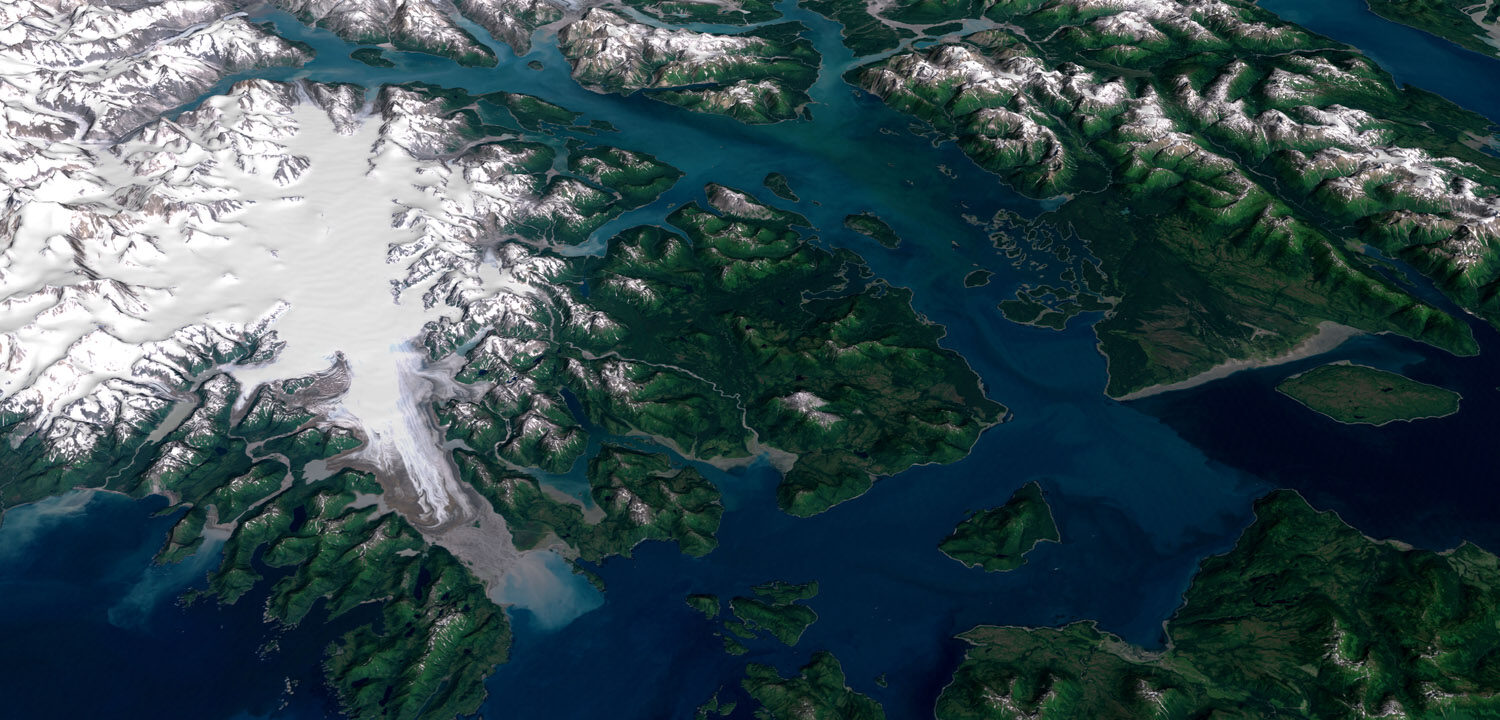
Climate change, combined with legacy problems from poor development and poor fisheries management, is having a major impact on wild salmon and steelhead across their range in the North Pacific.
From persistent drought conditions to heat waves to warmer oceans, we’re seeing increased climate events.
Wild Salmon Center’s approach to climate change is two-fold.
One, we’re working to accelerate targeted local actions that reverse historic problems and restore the resilience of rivers and fish. This gives wild salmon time to adapt to changing conditions, while the world works to stop climate change.
Read our climate framework “Ready for Change” to dig into this approach.
Two, we’re working to protect and restore large salmon watersheds that can slow climate change. An analysis in 2021 found a strong correlation between salmon strongholds and high value lands for carbon sequestration.
Read more about our ongoing climate-related work below.
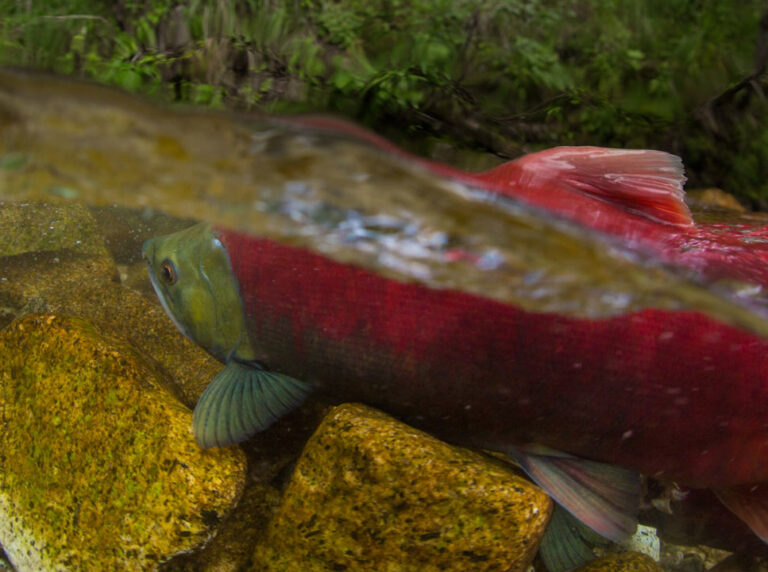
Finding a path in Alaska to reliable clean energy and resilient salmon streams.
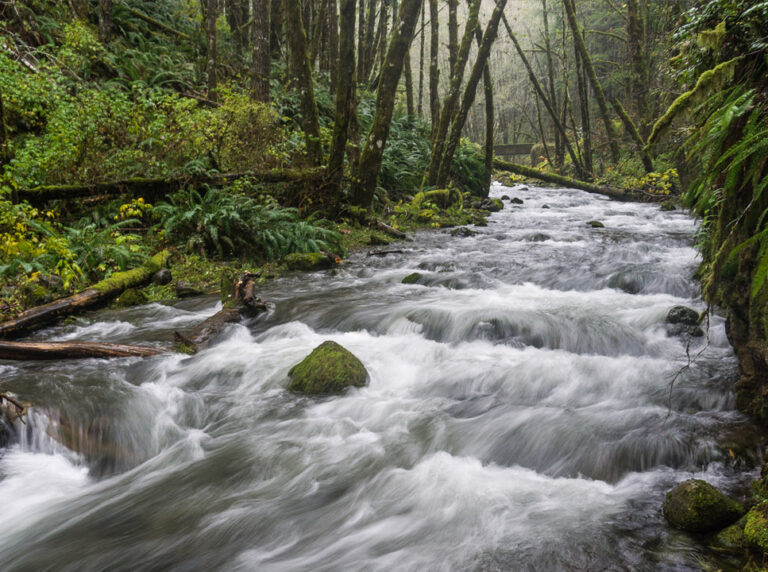
Working with local landowners and watershed groups on the Oregon Coast to improve water quality.
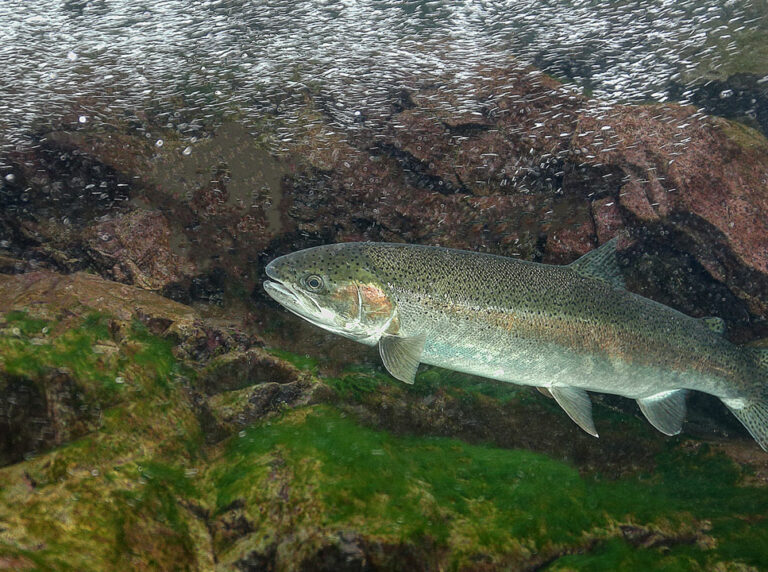
The next phase of conservation on the coast: connecting fish to coldwater reaches.
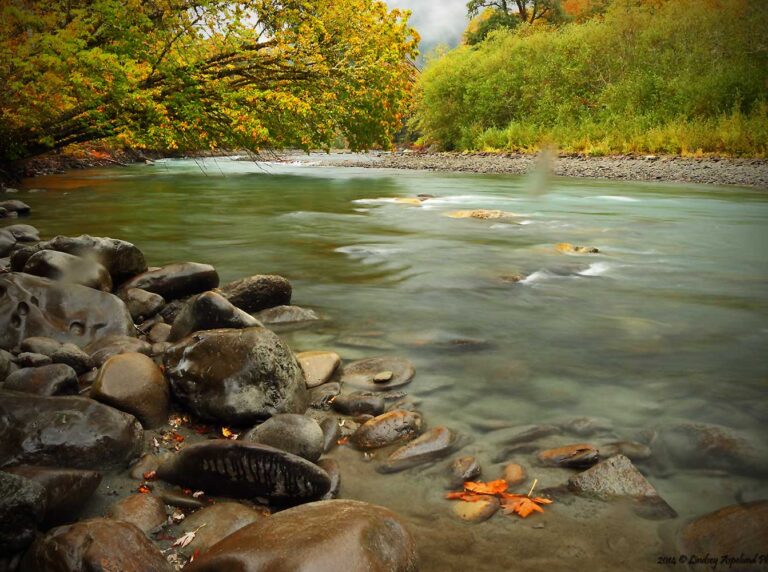
WSC’s science director shares new research on how to protect salmon nests from floods.